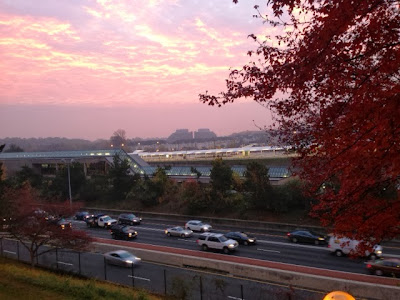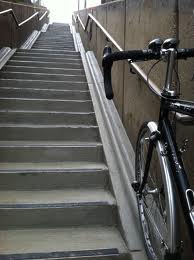Feels Like the Future
My first day on the Silver Line, camera in hand, I soak in the experience as if I was a tourist. Which in a way I am. This is a new place, this strange new commute.
My first thought: It’s a long time to spend on the train. My second thought: I wish we could barrel straight down the center of the Dulles Toll Road without that long detour through Tyson’s Corner. Four stations is a lot of stopping and starting.
My third thought and most overwhelming impression: this feels like the future. It’s not the future yet. Some of the stops lead to sad strip malls and car dealerships. But that will change. In 25 years, maybe even in 10, Tysons will be another Ballston or Clarendon, the Orange Line’s great urban density success stories. We have a way to go in this part of Fairfax County, but the Silver Line is a start.
Welcome to the future. Almost.

